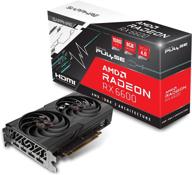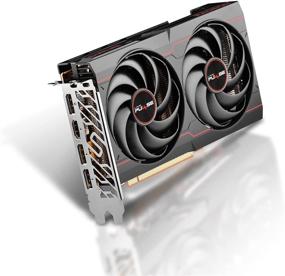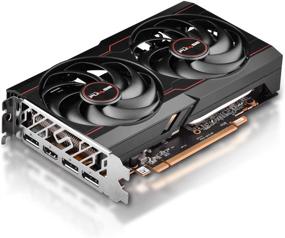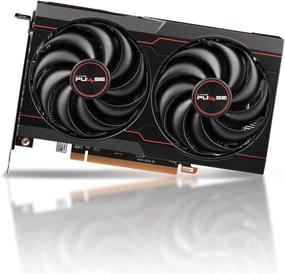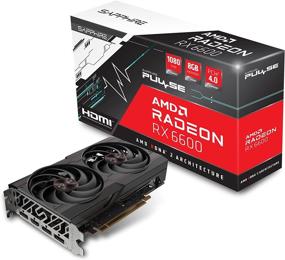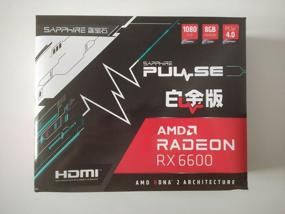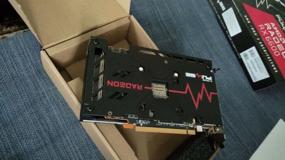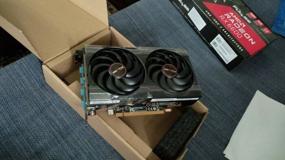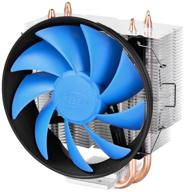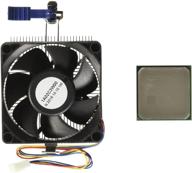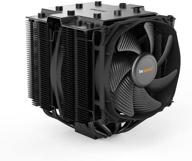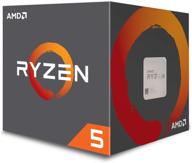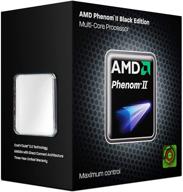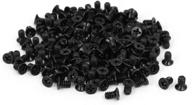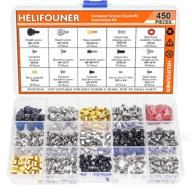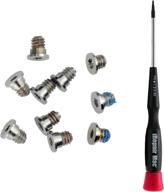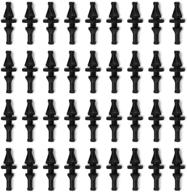- The video card is small, budget. Weighs little. It consumes little in stock up to 100 watts. Quite powerful like 2060 super and a little short of 3060. For overclocking, you can immediately set +20 percent to the power consumption limit directly in the driver, then the video card can consume up to 120 watts. But only when needed, not all the time. In some games and situations, this can be significant. I have memory on Hynix chips in stock, the frequency of 1750 can be immediately increased to 1900 directly in the driver, this greatly affects performance. Undervolting directly in the driver in 1 click, it is unnecessary to build a curve, you just reduce the voltage and that's it. This solves many problems at once reduces heat, noise, power consumption and reduces the "hotspot" - the hottest spot on the video card.
- The video card is budget - the cooling system is modest. I'm not saying she can't do it. I just wish it was better than the rx 580 sapphire nitro with its monstrous cooling system. If you don't set the FPS lock and let the video card run at full speed, the noise is quite audible. "Hot spot" is the hottest point on the video card, the difference with normal temperature can reach 14 degrees, undervolting helps to reduce it. This hot spot, when it is very different from the usual temperature, makes it difficult to manually adjust the fan speed. Because you think that t is one and it is actually 5-14 degrees higher. And the video card is guided by the hot spot and not by the usual temperature. In general, this is not critical. The video card is rather cold. Maybe you will be able to swing it up to 74 degrees, and that is unlikely. Coolers will just spin harder and cool it faster


